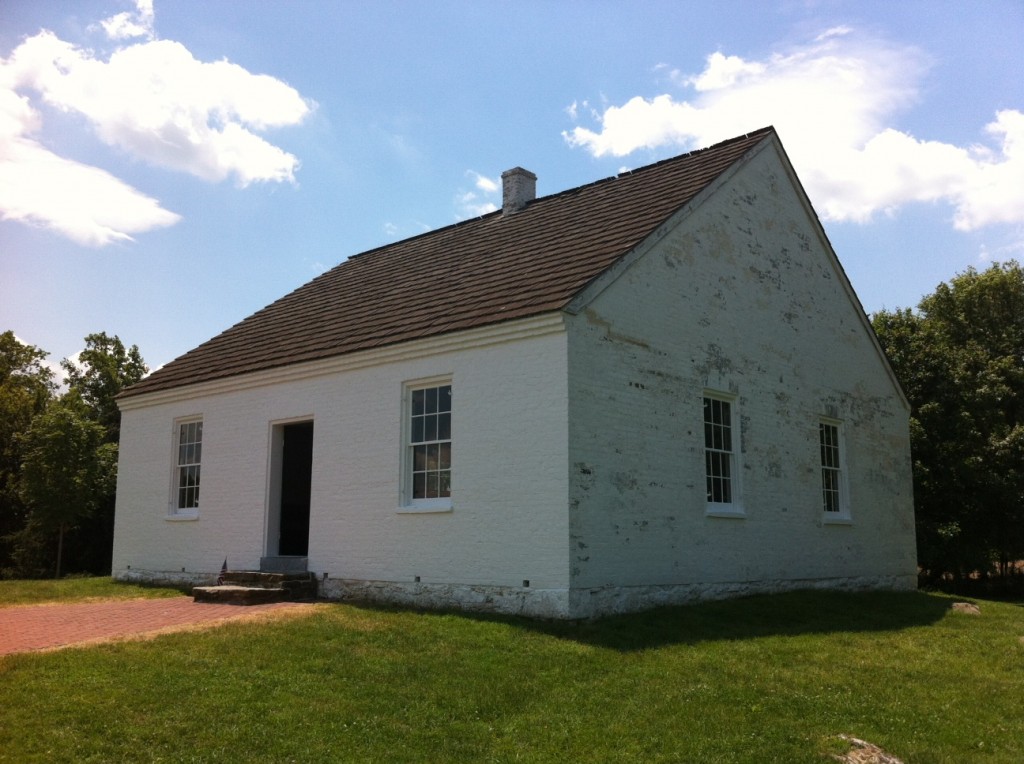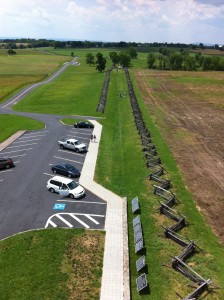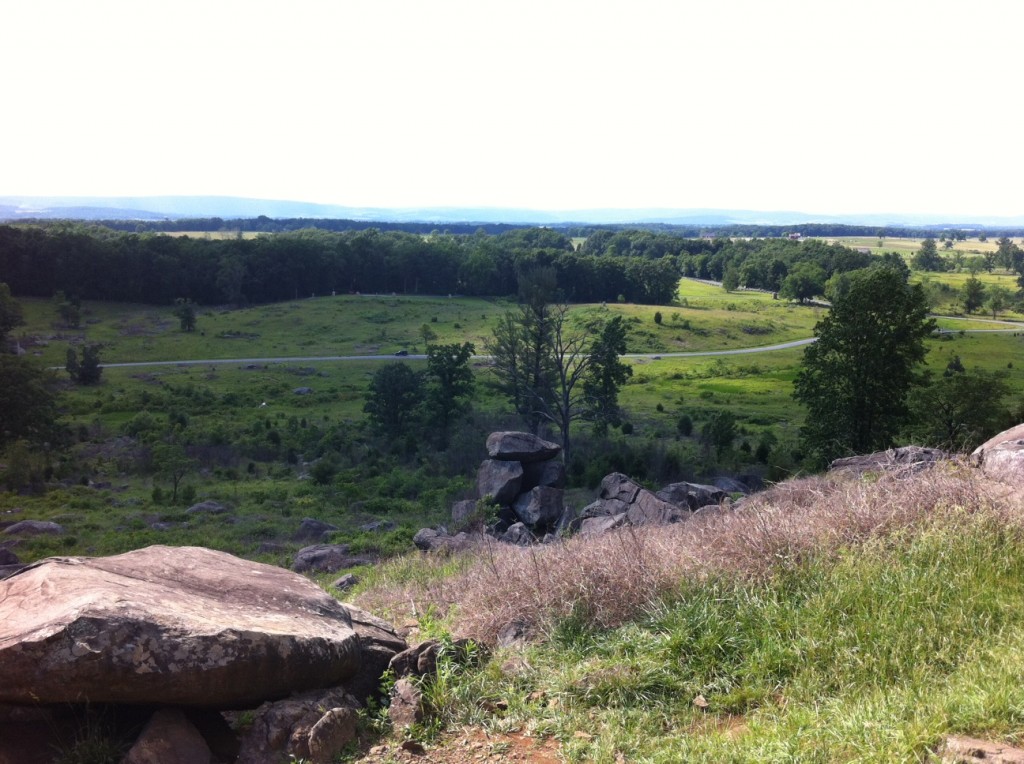This blog has grown dormant during my treatment for lymphoma. Mimi and I have traveled little. Even when I felt like traveling, chemotherapy left me vulnerable to infections and getting on a plane wasn’t a good idea. But I got an idea for a travel post when I read Tim Murphy’s I Can’t Stop Reading One-Star Yelp Reviews of National Parks in Mother Jones.
They are hilarious and I won’t try to do them justice here. Really crabby people missed out on the grandeur of our national parks and didn’t have the sense to keep their whining to themselves. I have never not enjoyed a national park. I thank Teddy Roosevelt profoundly for the foresight to protect these national treasures and consider myself privileged every time I visit.
But I decided I should try to do some one-star reviews of national parks and a few other sites I have visited, with links in a few places to my less-grumpy actual posts on some parks (most of my National Park travels predate this blog). I had some family help on this:
Denali
The guides here don’t know what the hell they’re talking about. Our guide warned us that most visitors don’t get clear views of Denali (also called Mt. McKinley) because it’s often covered by clouds. That stupid bimbo! It was a beautiful day and we got several spectacular views. Then she warned us that we’d probably only see two or three of the large types of wildlife in the park. But we saw all five: wolves, grizzly bears, caribou, moose and Dall sheep. They should get guides who know what they’re talking about.
Glacier Bay
They told us we’d get to see glaciers “calve,” but that’s total BS. This doesn’t involve cattle at all. “Calving” sounds cute, but it’s really loud. You just watch huge chunks of the glacier thunderously break apart and fall into the bay as new icebergs. Why do they even call that “calving”?
Redwoods
This park is just too damn dark. You can barely get a glimpse of the sun. They should cut down some of the trees and let a little light in.
Zion Canyon
WTF? You go visit a canyon and you expect to look down into it. This one is all backwards. You’re down in the canyon, looking up at the spectacular scenery. C’mon, Zion, learn what a canyon is.
Bryce Canyon
This place really needs something like a ski lift so you can ride down into the canyon and look up at the hoodoos.
Arches
Why are these arches scattered all across the park? It would take a lot less time to see them if they had thought of locating them closer together.
Canyonlands
Why do the canyons have to be so big? It would take days to visit all the canyons in this park. And you could lose an arm or something hiking them by yourself.
Goblin Valley State Park
Really not all that scary.
Grand Canyon
We visited in February and it was freezing! C’mon, this is Arizona. Is it too much to expect some warm weather to enjoy the canyon?
Shenandoah
We tried to take our dog for a walk, and a bear walked out onto the path ahead of us. Rangers should restrict the bears to certain areas for safe viewing.
National Mall
Pretty cool, but no Gap.
Gettysburg
We went to hear an Abe Lincoln impersonator do the Gettysburg Address. He was good, but the speech was way too short.
Great Falls
This place is so noisy! My wife and I could barely hear each other talk over all the racket of the falls.
Chincoteague National Wildlife Refuge
They won’t even let you ride the horses.
Carlsbad Caverns
They didn’t even have the bat show when we were there. If something is that cool, you need to figure out how to offer it year-round. They say they are migratory, but really, where do they go that is cooler than the caverns. I think they should find a way to keep them there permanently.
Mammoth Cave
I was expecting some mammoth bones, but this place didn’t live up to expectations at all. Besides, it’s just too damned big.
Teddy Roosevelt
Our horseback ride through the park took about three hours. They should put in a train or something so you can see all the wildlife much faster.
Badlands
Wall Drug has cooler stuff to buy than the park. Unless you care about actual badlands you can just skip the park and buy stuff at Wall Drug.
Wind Cave
Totally overblown. It wasn’t that windy.
Everglades
They wouldn’t let us feed the alligators, even though they looked hungry.
Yellowstone
Same thing as Everglades. Everywhere you look, they had signs “Don’t feed the bears.” Think how much the federal government could save of our hard-earned tax dollars if they’d just let visitors to parks feed the animals.








